THE KCPE PAST PAPERS 2006 SOCIAL STUDIES QUESTIONS AND ANSWERSStudy the map of Mula Area and answer questions I to 7.
1. The general direction of flow of river Muta is from
2. What is the approximate length in kilometres of the railway line shown on the map?
3. The main economic activity carried out in Mula Area is _____
4. Three of the following services are available in Mula town. Which one is not?
5.The climate of the area between Muko and Wema markets is likely to be
6. The school in Mula town wishes to enlarge its compound. Which one of the following government offices should the school approach for more land?
7. A trader in Wema market urgently wishes to order for goods from a supplier in Mula town. The quickest means of placing the order would be
8. Which one of the following pre-historic sites in Eastern Africa is correctly matched with the country where it is located?
Prehistoric site Country
9. Traditional artefacts are kept in museums because
10. The type of mountain represented in the diagram was formed as a result of
11. Which one of the following is the least important benefit of Mt. Kenya?
12. Leopold Sedar Senghor contributed to democracy in Senegal by
13. Below are some characteristics of a type of vegetation found in Africa.
14. In which one of the following ways is a person likely to be infected with HIV and AIDS?
15. One of the achievements of Nelson Mandela is that
16. Two pupils are arguing about the ownership of a book. The best way for the teacher to resolve the conflict is by
17. Which one of the following was a result of the settlement of the Arabs along the coast of East Africa?
18. Which one of the following was a reason why the Mau Mau uprising took place in Kenya?
19. It is important for Kenya citizens to vote during the general elections because
20. Below are some characteristics of a type of soil:
21. The town marked J is
22. Which one of the following routes did the River- Lake Nilotes follow when they were migrating into Kenya during the pro-colonial period?
23. The cash crop grown in the shaded area marked K is
24. The lake marked L is
25. Three of the following are ways through which the youth were taught in traditional Kenyan societies. Which one is not?
26. One of the reasons why African countries formed the African Union (AU) was to
27. Which one of the following statements is true about clans in traditional African societies’
28. Matatu accidents in Kenya have become fewer in recent years. This is mainly because of the introduction of
29. A pupil has been sexually abused by a stranger on the way home from school. The immediate action for the parents to take is to
30. Children are expected to take part in family duties because
31. Below are some minerals mined in Eastern Africa.
32. which one of the following Human Rights is enjoyed by Kenya citizens on attaining the age of 18 years?
33. In which one of the following ways have the Maasai pastoralists benefited from government support?
34. Which one of the following statements is true about the policy of assimilation in Senegal?
35. The main reason why the government encourages afforestation in Kenya is to
36. Which one of the following colours of the national flag of Kenya represents land of plenty?
37. The Tigre and Amhara Communities live mainly in
38. Which one of the following statements is true about Lake Bogoria?
39. In Kenya, justice is administered by
40. Which one of the following Kenyan communities is correctly matched with its traditional leader? Community Leader
41. The diagram below shows an instrument used for recording an element of weather.
The element of weather recorded using the instrument shown above is
42. Cigarette smoking is being discouraged in Kenya because
43. The statements below describe a town in Kenya.
44. Which one of the following statements is true about the areas where wheat is grown?
44. Which one of the following statements is true about the areas where wheat is grown?
45. Which one of the following groups of countries was colonised by the British?
46. Which one of the following police units in Kenya is correctly matched with its duty? Police Unit Duty
47. Below are some characteristics of a type of climate experienced in Africa.
48. Which one of the following statements explains why there are few roads in the northern parts of Kenya?
49. The main problem experienced by agricultural cooperative societies in Kenya ¡s
50. Which one of the following factors has led to a decline in the rate of population growth in Kenya?
51. The diagram below represents a type of a lake.
The type of lake shown is
52. Which one of the following is the best way through which the Government of Kenya can attract more tourists into the country?
53. Ngao has been caught by his classmates stealing a bunch of ripe bananas from a farm near their school. The most appropriate action for the pupils to take is to
54. The governments of Kenya and Swaziland are similar in that
55. Which one of the following dams in Africa is correctly matched with the river on which it is Located? Dam River
56. The best way of encouraging more fishing in the rivers in Kenya is by
57, Below are statements about a political party in Kenya.
58. Which one of the following was the reason why COMESA was established?
59. Three of the following are benefits of democracy. Which one is not?
60. Below are some factors which determine the location of industries:
OTHER HELPFUL LINKS
0 Comments
Leave a Reply. |
Archives
January 2023
Categories
All
|
Can't find what you are looking for? Don't worry, Use the Search Box Below.
|
Primary Resources
College Resources
|
Secondary Resources
|
Contact Us
Manyam Franchise
P.O Box 1189 - 40200 Kisii Tel: 0728 450 424 Tel: 0738 619 279 E-mail - sales@manyamfranchise.com |
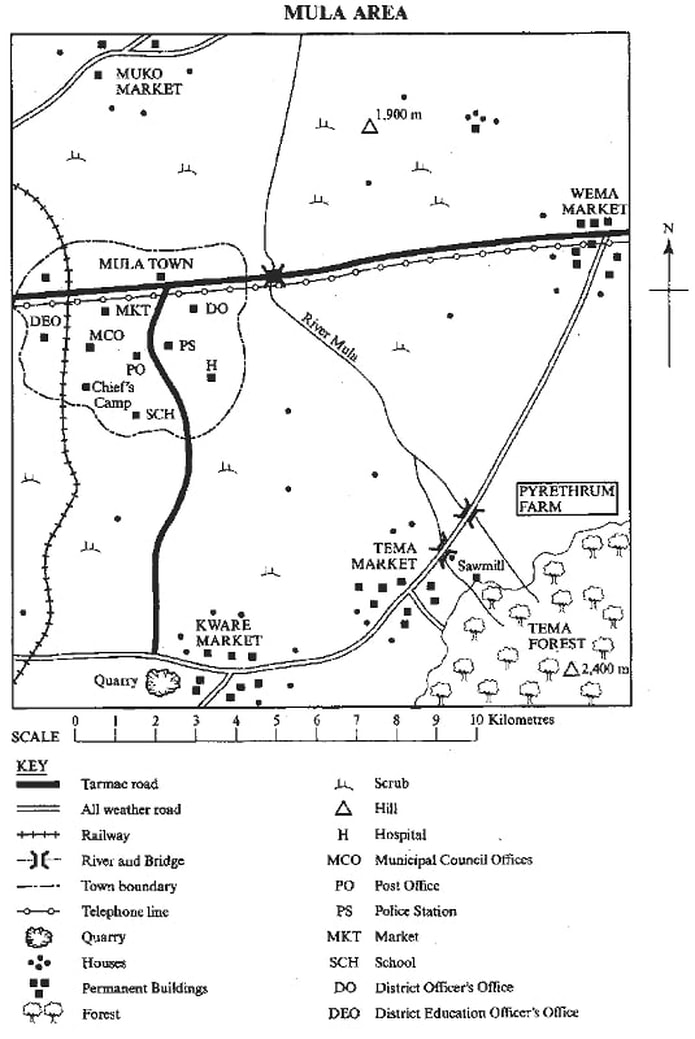

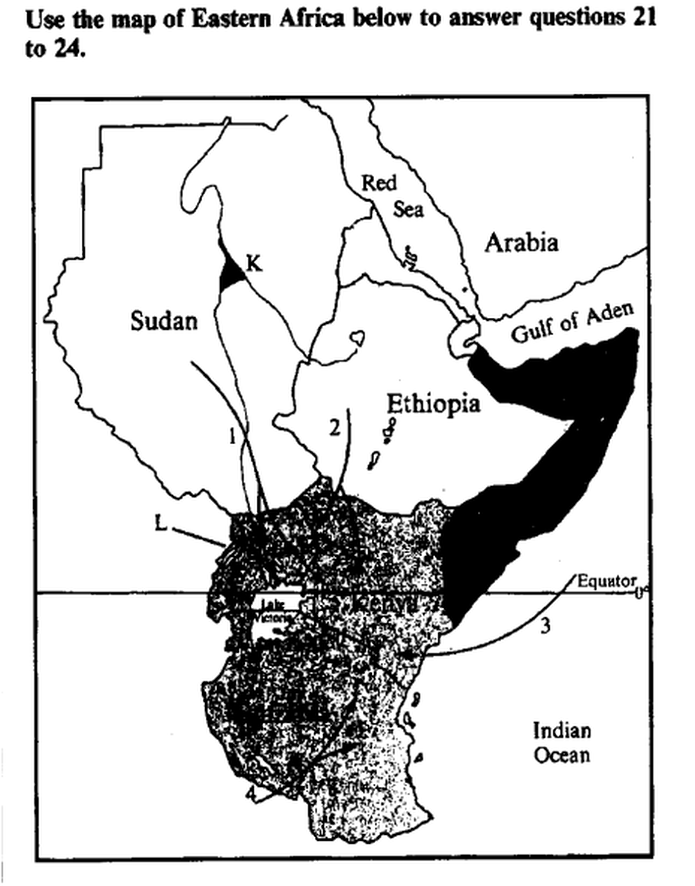
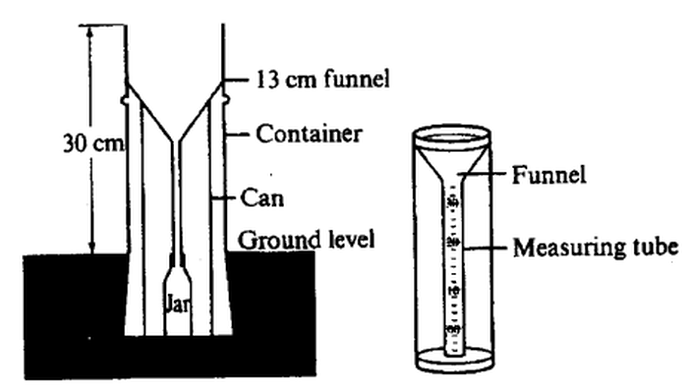
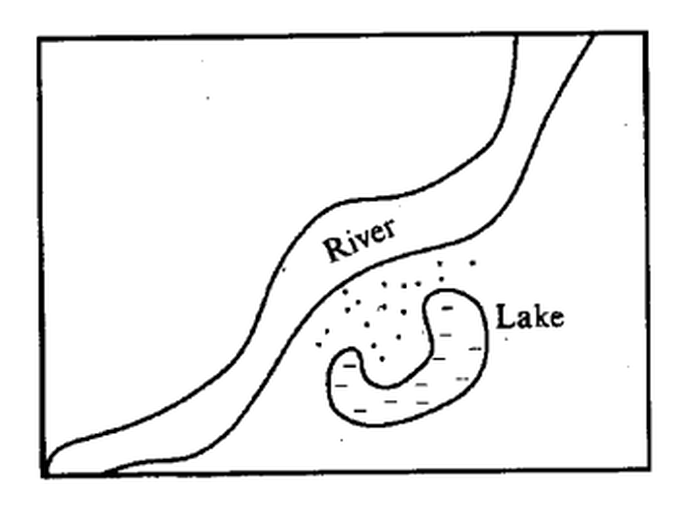
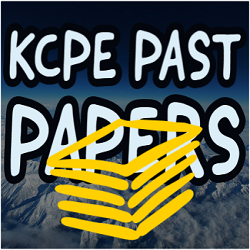
 RSS Feed
RSS Feed

